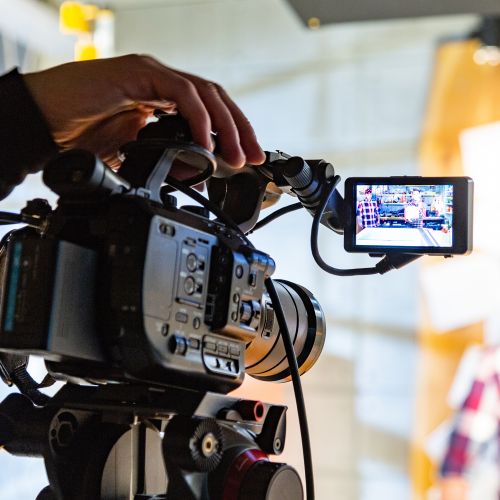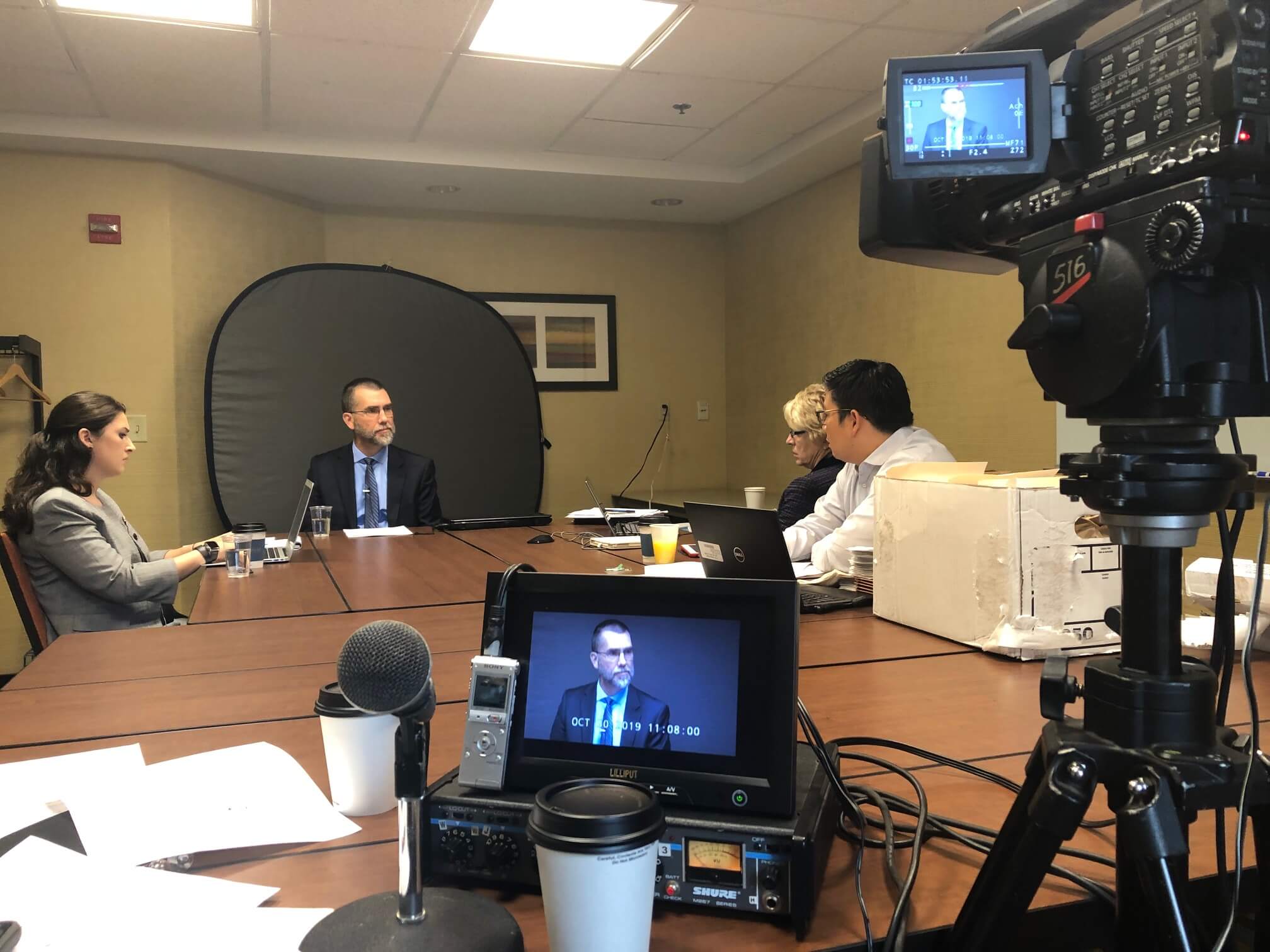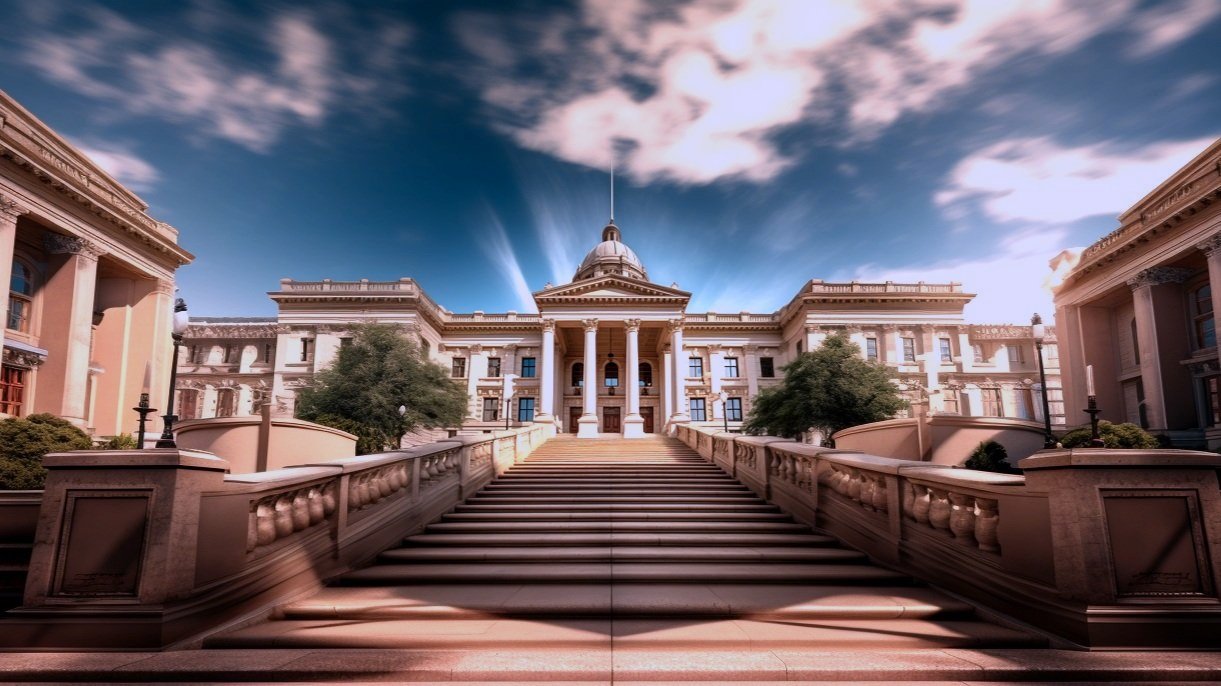How Legal Videography Enhances Court Room Presentations and Proof
How Legal Videography Enhances Court Room Presentations and Proof
Blog Article
Diving Into the Devices of Legal Videography: Unveiling Its Operation in Safeguarding Genuine Aesthetic Testimony for Judicial Procedures
In the world of judicial procedures, the function of legal videography stands as a keystone in preserving and offering aesthetic proof. As innovation remains to advancement, the systems behind legal videography have become progressively intricate, using a critical layer of authenticity to testaments recorded on video. By delving into the operational intricacies of lawful videography, one can discover the careful procedures that secure the integrity of aesthetic proof offered in courts - Legal Videography. This exploration not just clarifies the historical development of lawful videography but also means the future patterns that might even more revolutionize just how visual testimonies are supported in the world of justice.
Historical Advancement of Legal Videography
Taking a look at the historical development of lawful videography exposes a considerable change in the recording and presentation of aesthetic proof within the legal landscape. In the past, lawful procedures greatly depended on written records and photographs to document occasions and supply proof. With the introduction of video modern technology, the lawful industry saw a standard shift in exactly how aesthetic testament was recorded and presented.
The development of lawful videography can be mapped back to the late 20th century when advancements in video clip recording equipment made it a lot more obtainable for usage in court rooms. This technological development not only enhanced the accuracy and dependability of visual evidence but also reinvented the means instances existed to courts and courts (Legal Videography). Lawyers started to acknowledge the influential power of video recordings in conveying feelings, subtleties, and non-verbal signs that written pictures or records alone might not catch efficiently

Modern Technology Advancements in Video Clip Documentation
What vital technological advancements have transformed video documentation in the legal field? The legal field has actually seen considerable advancements in video clip documents modern technology that have boosted the authenticity and reliability of aesthetic evidence in judicial procedures.
Furthermore, improvements in video security and watermarking modern technologies have actually reinforced the security and tamper-proof nature of video proof, safeguarding it versus unauthorized modifications or tampering. Additionally, the advent of cloud storage remedies and remote access abilities has structured the storage space, retrieval, and sharing of video clip evidence, helping with seamless cooperation among lawyers and guaranteeing effective accessibility to critical visual testimonies when needed. These technological improvements in video clip documents have actually undoubtedly reinvented the lawful area, improving the precision, integrity, and admissibility of aesthetic proof in judicial procedures.
Function of Legal Videographers in Court Setups
The development of video paperwork innovation in the legal area has actually required a crucial duty for lawful videographers in court settings, making sure the honesty and dependability of aesthetic statements provided throughout judicial proceedings. Legal videographers play a fundamental role in capturing and maintaining exact visual proof that can be pivotal in court situations. Their responsibility encompasses establishing tools, tape-recording procedures, and producing high-quality videos that accurately show the occasions in the court room.
In court room setups, legal videographers have to stick to stringent standards and requirements to maintain the authenticity of the visual record. They have to possess an eager eye for detail and a complete understanding of lawful treatments to make certain that the video footage they record is a real depiction of the events that took place. Furthermore, legal videographers commonly function closely with lawful groups to make sure that the video evidence lines up with the situation's demands and can be effectively provided in court to support the lawful debates being made. Overall, Source the duty of view it now lawful videographers in court settings is indispensable in supporting the principles of justice and making certain the openness of lawful proceedings.

Ensuring Admissibility and Honesty of Video Clip Proof
To preserve the reliability of visual proof presented in legal procedures, making sure the admissibility and stability of video clip evidence is an essential responsibility for legal videographers. Admissibility describes the approval of evidence by the court, and for video clip evidence to be acceptable, it needs to satisfy specific standards. Lawful videographers play an important function in making certain that the videos they catch conform with the rules of evidence, such as dependability, significance, and authenticity.
Honesty of video clip proof includes keeping the originality and precision of the video footage from the moment it is taped until it is presented in court. This consists of firmly storing the video data, recording the chain of safekeeping, and stopping any tampering or modifications. Lawful videographers must comply with rigorous methods to ensure the honesty of the video clip evidence and protect against any type of obstacles to its authenticity.
Future Trends in Legal Videography
Offered the enhancing dependence on innovation in legal procedures, lawful videographers are poised to accept innovative advancements forming the future of aesthetic testament capture and discussion. Among the prominent trends imminent is the integration of virtual fact (VIRTUAL REALITY) and enhanced reality (AR) modern technologies into legal videography. These modern technologies have the possible to reinvent just how visual evidence exists in court rooms, allowing courts and courts to submerse themselves in the scene of the crime or case.
Moreover, using expert system (AI) algorithms for video analysis is anticipated to streamline the procedure of evaluating and evaluating big amounts of video footage. AI can help in identifying essential moments, anomalies, and patterns within videos, improving the effectiveness of lawful investigations.

Verdict
Finally, legal videography has actually played a vital function in giving genuine aesthetic proof for judicial procedures. With technological improvements and the experience of legal videographers, the honesty and admissibility of video proof are made sure in court setups. As lawful videography remains to evolve, it will certainly be necessary to support requirements that keep the precision and integrity of visual testament for the future of lawful proceedings.
Examining the historic progression of lawful videography exposes a considerable original site transformation in the capturing and presentation of visual evidence within the legal landscape.The evolution of video paperwork technology in the legal field has necessitated a crucial role for lawful videographers in court room setups, making certain the integrity and integrity of aesthetic testaments presented throughout judicial proceedings. In addition, legal videographers often function carefully with lawful groups to guarantee that the video clip evidence aligns with the situation's demands and can be efficiently provided in court to support the lawful debates being made.To preserve the credibility of aesthetic evidence presented in lawful process, making sure the admissibility and integrity of video evidence is a vital duty for legal videographers. As legal videography continues to develop, it will be necessary to promote standards that preserve the accuracy and integrity of visual testimony for the future of legal proceedings.
Report this page